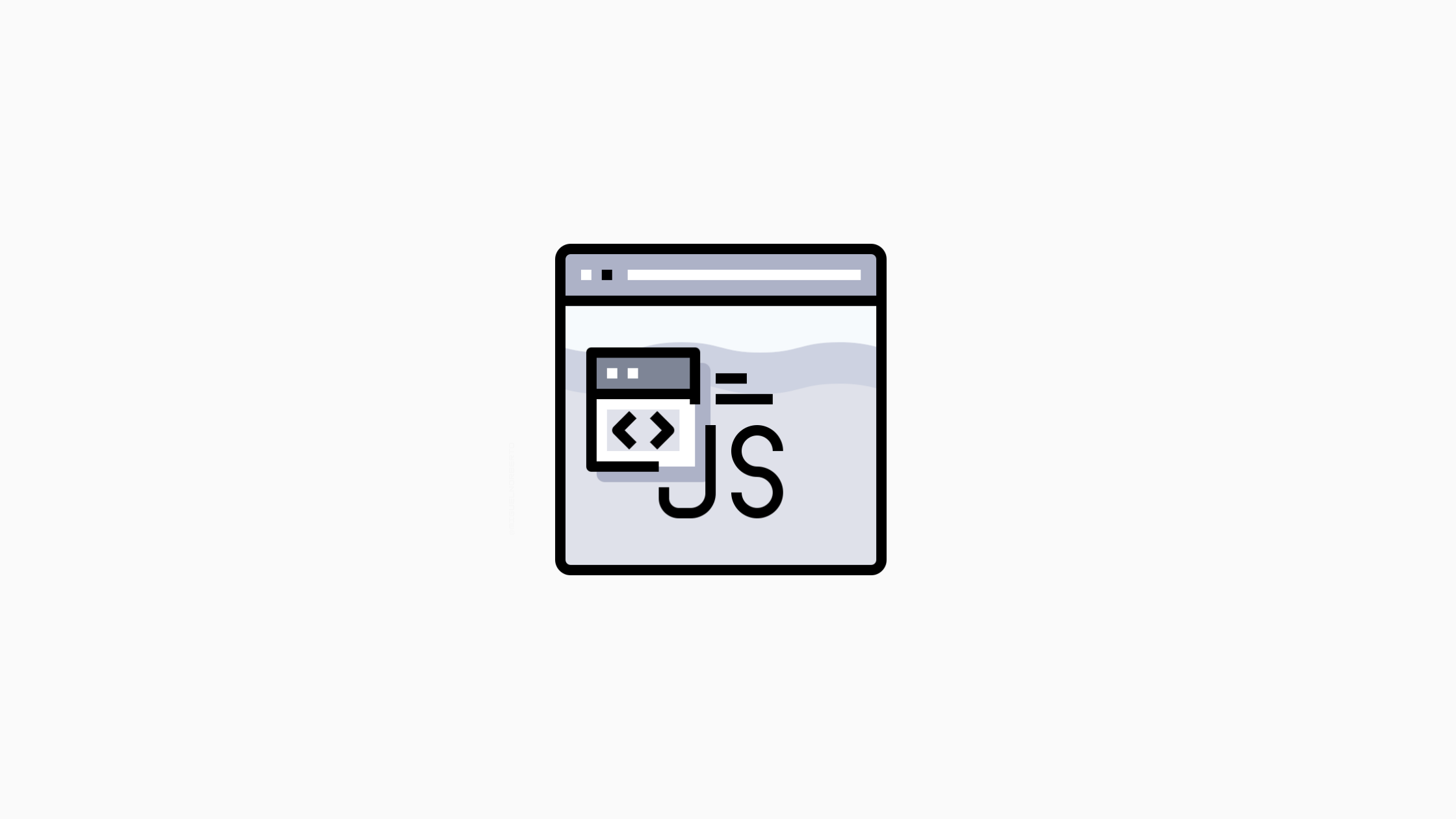What is Next.js?

Next.js is a library for building static websites using React.
It provides a simple, declarative way to create pages and includes features like server-side rendering and preloading. Next.js also makes it easy to add dynamic content, such as data from a database or API.
Next.js is a static site generator that makes it easy to create websites and apps using React. Static sites are faster and more secure than traditional websites, and Next.js makes it easy to create them with React.
Next.js also provides a number of features that make development more accessible, including hot reloading, automatic code-splitting, and server-side rendering.
The basics of NextJS: how to create a simple project
Next.JS is a simple and popular framework for building static websites. It provides an easy way to create pages, handles routing, and uses pre-built React components. In this article, we’ll walk through the basics of how to create a Next.JS project.
First, install Next.JS using npm:
npm install next –save
Next, create a new file called “index.js” in your project’s root directory:
touch index.
Additional features of NextJS: routing, server-side rendering, and webpack
Next.js provides a number of advanced features that are not found in most static site generators. These include routing, server-side rendering, and webpack integration.
Routing allows you to create dynamic pages that are linked together. This is useful for building more sophisticated websites and applications.
Server-side rendering ensures that your pages are rendered quickly and accurately. It also helps to ensure that search engines fully index your website.
Webpack integration allows you to use Next.js with your existing webpack configuration. This can be helpful if you want to use Next.js with a pre-existing project or library.
Conclusion
Next.js is quickly becoming one of the most popular frameworks for developing React applications. It has a bright future and will only become more popular as React continues to grow in popularity. If you’re looking to learn React, I highly recommend learning Next.js as well.